In the mid-1960s, the authorities in the Polish People’s Republic recognize the need to launch the production of vehicles for disabled in Poland. Despite the lack of domestic production, attempts were made to import foreign cars. Unfortunately, there were very few of these vehicles.
So the government decided to make its own car. Preparatory work for the construction of such a vehicle has begun at the WSK Świdnik Experimental Plant. Cooperation was established with the Academy of Fine Arts in Warsaw.
The body design was developed by a team of university employees. The project received the working designation W-65.S-65.N-65. In 1966, the first non-drivable prototype was built. In 1967, a second fully working prototype of the car was built. The car was named Gacek.
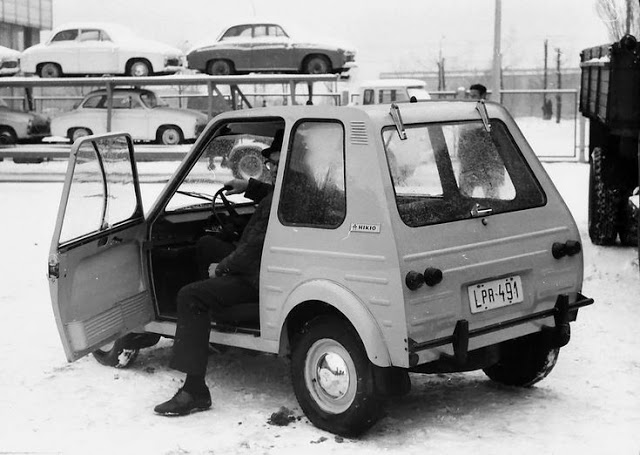
The Mikrus engine would be ideal for the car, but there was no chance of resuming production. The engines installed in WSK and SHL motorcycles were definitely too weak. Therefore, the Czechoslovak power unit used in the Jawa 350 motorcycle and Velorex was used.
The two-stroke, 2-cylinder Jawa 572/01 engine was located above the front wheel axle. With a compression ratio of 7.0, it achieved a power of 11.7 kW at 3,800 rpm. The maximum torque was 30 Nm at 3680 rpm. The engine was cooled with air forced by a blower. A Jikov 2926 SD-14b type carburetor was used. A 12v electrical installation was used. Starting was done using a starter motor. A 30 Ah battery was used. The gearbox was locked to the engine and had four forward gears.
Driving backward was done by changing the direction of engine rotation. The drive shafts were equipped with constant velocity joints at the road wheels. The car had independent suspension on all corners. The front wheels were on transverse wishbones, while the rear wheels were on trailing wishbones. The spring elements of both axles were torsion bars. Double-acting telescopic shock absorbers were used. The road wheels had tires measuring 5.20-12″. Hydraulic drum brakes were used.
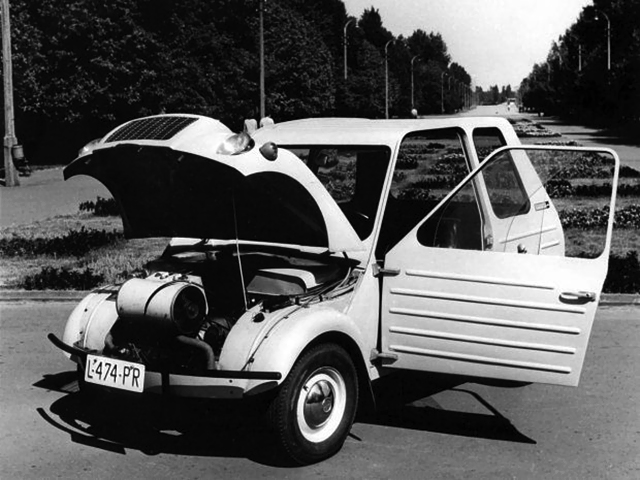
The fastback body was based on a rigid chassis. In order to make the structure cheaper, all windows were flat. The rear window was raised to allow access to the trunk.
The interior of the vehicle was adapted for use by invalids. It was planned to be able to adapt the vehicle to different types of medical conditions. This included, among other things, control mechanisms that would allow people with inabilities in both legs, one leg or one arm to drive the vehicle. The issue of heating was solved by using hot air from the engine radiator blower.
The wheelbase of the car was 1850 mm, the overall length was only 2970 mm. Vehicle weights 560 kg. Top speed was 72 km/h. Average fuel consumption was 7.5 liters per 100 km.
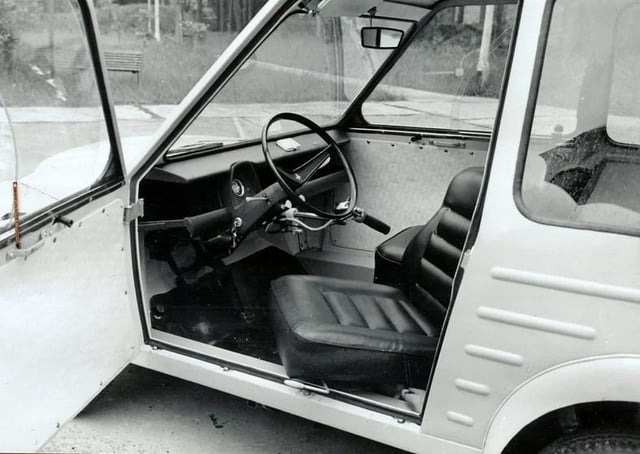
The Institute of Motor Transport in Warsaw conducted a set of tests. Doctors, physiotherapists and organizations for people with disabilities have expressed positive opinions about the design.
Plans for the development of the car’s design were also undertaken at WSK Swidnik. Other body versions were also planned. A passenger car with an extended wheelbase, a small delivery van, a van and a pick-up truck were to be created.
Unfortunately, after the work was completed, the Gacek did not go into, even small series production. Further plans on the Gacek, however, were put on hold.
After many years, the only existing prototype eventually found its way to the Mechanical Department of the Cracow University of Technology where, under the direction of several professors, a group of students from one of Cracow’s elementary schools worked for 2 years on its restoration and reconstruction. The world’s only Gacek is now fully operational, rides and resides at the aforementioned Faculty as one of its mascots.


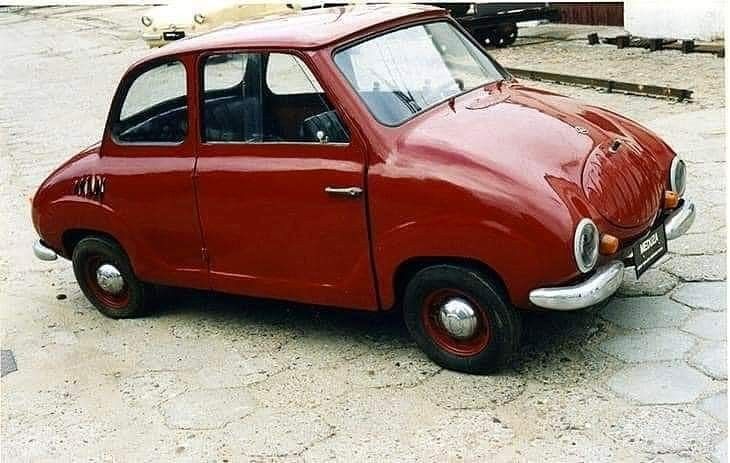

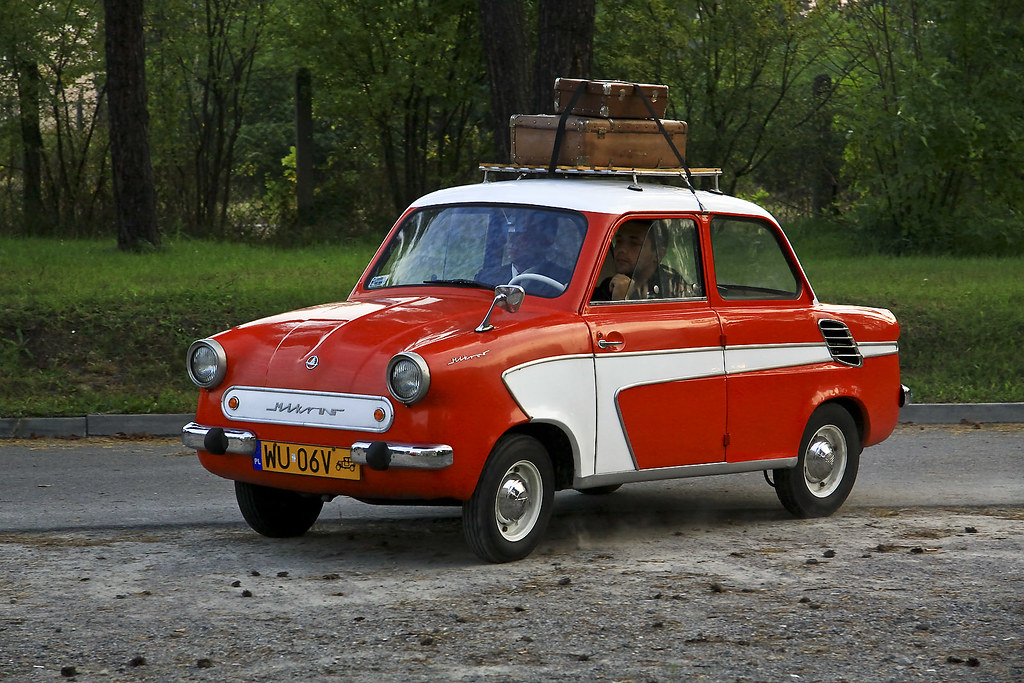





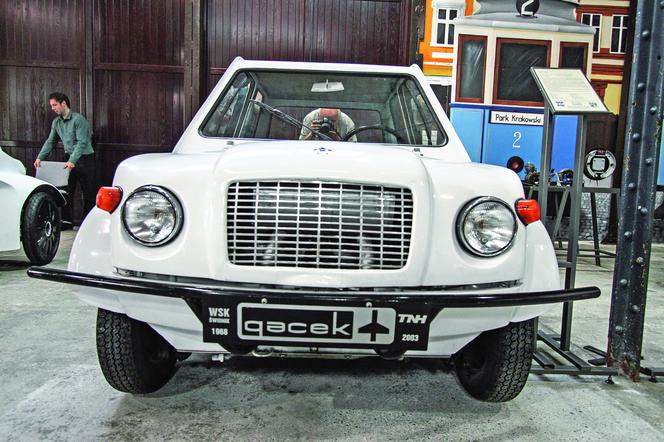

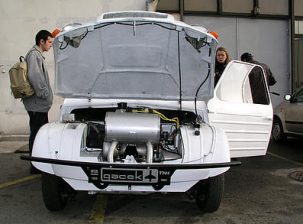
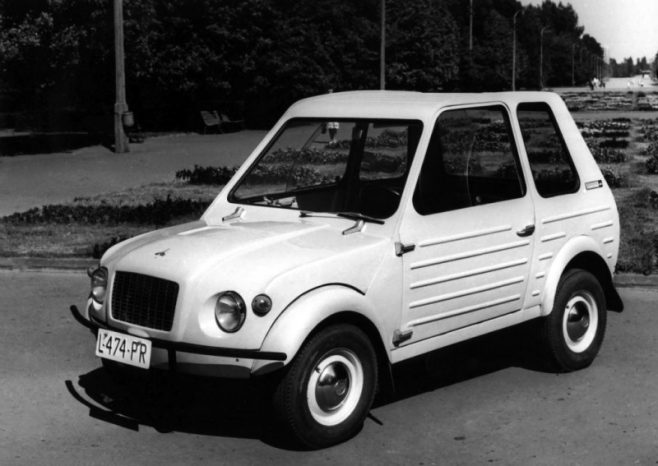
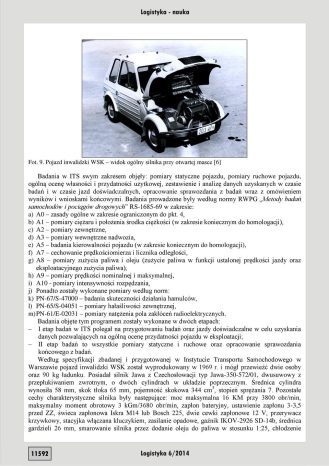
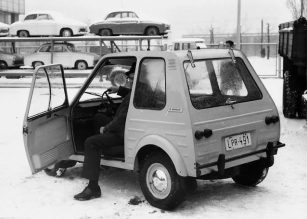
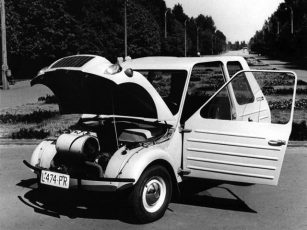
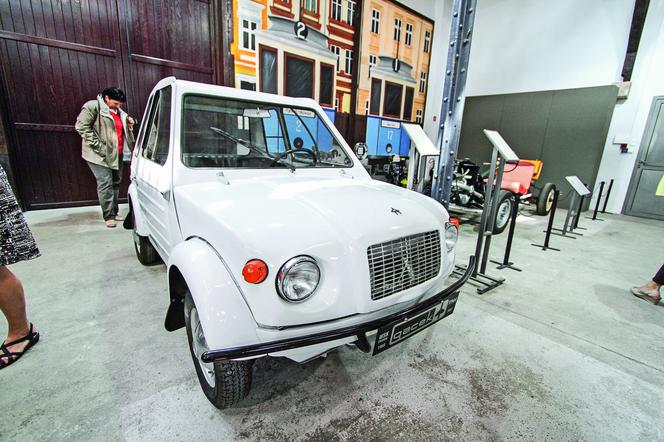
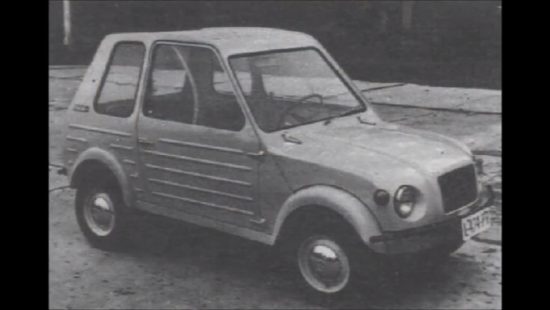
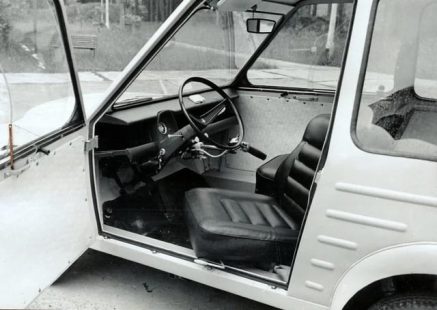

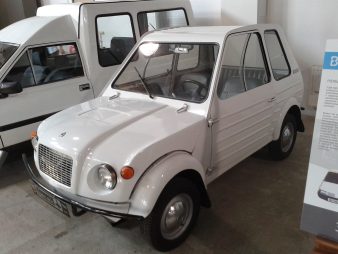
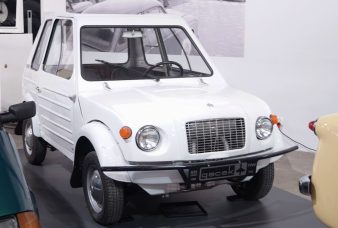
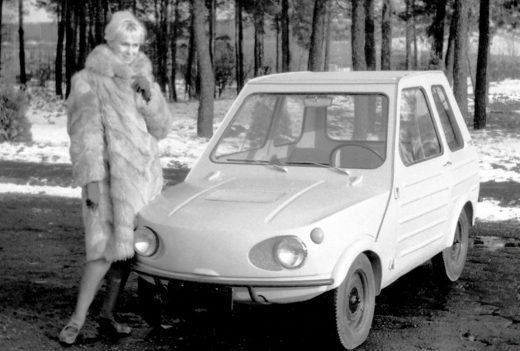
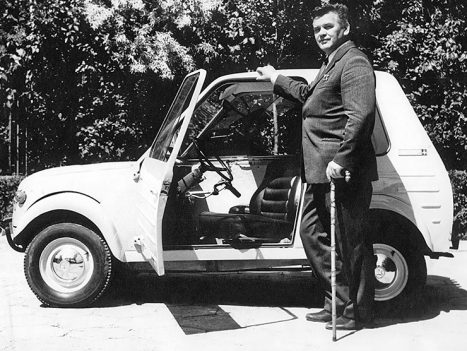

You must be logged in to post a comment Login